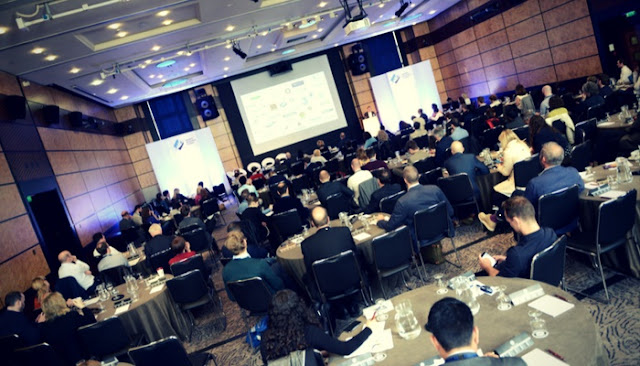The freedom of tight briefs
I spent most of my formative working years in advertising agencies, employed in a range of client management and strategy roles.
Aside from being great fun, it also meant I got to work with some extraordinarily gifted creative folk, helping to develop some memorable and highly effective campaigns.
A key part of my role was writing creative briefs, the key document that captures the essence of a campaign task and acts as the kindling to help ignite the creative fires.
Writing briefs for such a talented, yet demanding group of people was challenging and required me to hone various skills that have proven to be invaluable to this day, long after I left adland behind.
But there are three particular skills that I consider to be the most important of all - clarity, simplicity and brevity:
Clarity – You have to be really clear about your message. What are you trying to get across? If you can’t crystallise your own thinking in the brief, what chance have the creative people got of deciphering it and producing great work?
Simplicity – You must also ensure that the clarity of your message isn’t obscured by jargon or complicated wording. Simple, unambiguous structure and language helps communicate your message in the best way possible.
Brevity – Restricting your brief to a single page forces you to cut out any unnecessary verbiage and edit the message back to its essence. This is a really good thing - after all, there’s a reason why it’s called a brief.
Faced with the continual challenge of writing clear, simple briefs to inform and inspire creative teams, I evolved a simple, but effective way of working that I use to this day.
There are three easy steps to my ‘system’:
1. Change your location – I find that moving away from your desk is crucial in that it signifies a different way of thinking. I normally adjourn to a local café, although I composed this post in a nearby library.
2. Limit your time – Focused, uninterrupted thinking over a shortish period of time is ideal for this process. Some swear by the Pomodoro technique which advocates 25 minute slots, but I tend towards a more leisurely 45-60 minute stint.
3. Restrict your resources – This is key. All I take with me is a single A4 sheet of paper and a pencil. Nothing else. No devices - not even my phone. No other reference material. In fact, nothing that could distract me from the thinking task at hand.
OK, so I’m in a café with a blank sheet of paper in front of me, pencil poised and stopwatch set on my phone…what happens next?
Well, personally I always begin by writing the key problem or issue in the middle of the page and then start to really think about it from every angle – my own perspective, the company, the customer, the competitors, whatever comes into my head.
I scribble down any words and ideas that occur to me without trying to edit them - at this stage, any idea is a good idea.
But as I am doing this, I try to create a very rough ‘mind map’ of anything that could be relevant to the topic.
Once the initial dump has taken place, I then look for themes and join the dots by physically linking link them together on my page. Here I start to build a sense of narrative and also rule out any outliers that don't support the emerging storyline.
During this process, I also write headlines, I think about examples to add context, I identify areas to research or clarify later and add them to my map (but avoid getting caught in the disruptive trap of saying “I’ll just Google this now”).
Once time is up, invariably I return to my desk with a (messy looking) piece of paper that contains a clear sense of direction and flow, identifying what I want to say, the simple building blocks to build my story and a set of supporting information (its brevity guaranteed by the confining A4 dimensions of my paper).
I have found this simple sheet of paper then becomes the blueprint which enables me to move quickly to a finished and more immediately coherent product far quicker than if I never left my desk.
I think the reason it works so well for me is that it encourages spatial thinking rather than the more linear thinking that comes from starting the process in front of a screen.
Changing the venue and removing any potential interruptions also helps to focus attention solely on the issue in question.
This approach has worked time and time again for me – for writing briefs, articles, presentations, white papers, proposals, difficult emails and this blog post, of course.
I don’t know whether it will work as effectively for others, but next time you find yourself staring at your computer screen, trying to crack a tricky problem, why not head to a nearby café with a sheet of paper, a pencil and an open mind and just give it a go?
And please, let me know how you get on - I’d love to hear if it works for you too.




Comments
Post a Comment